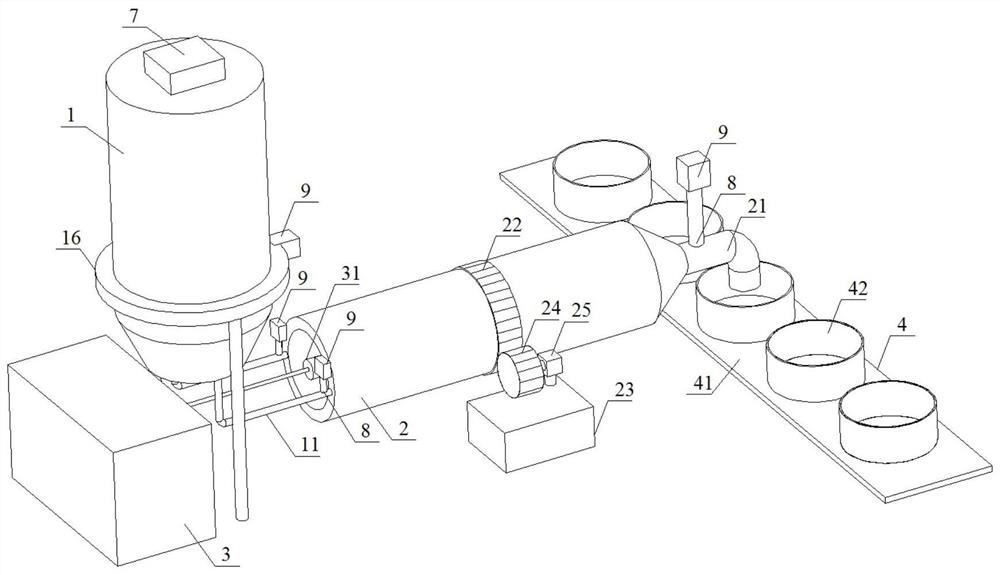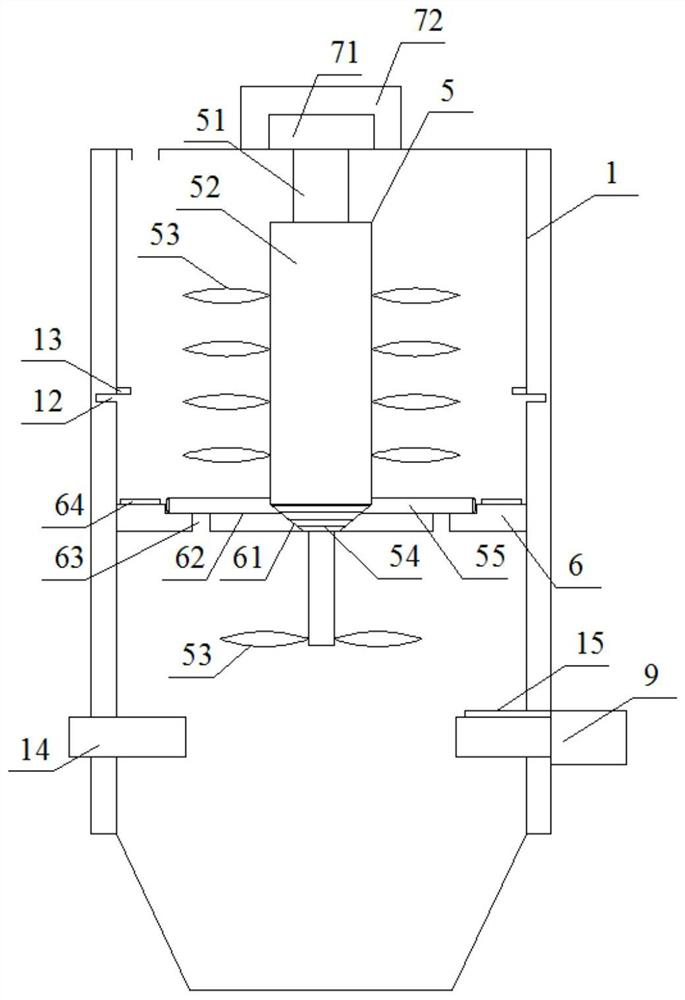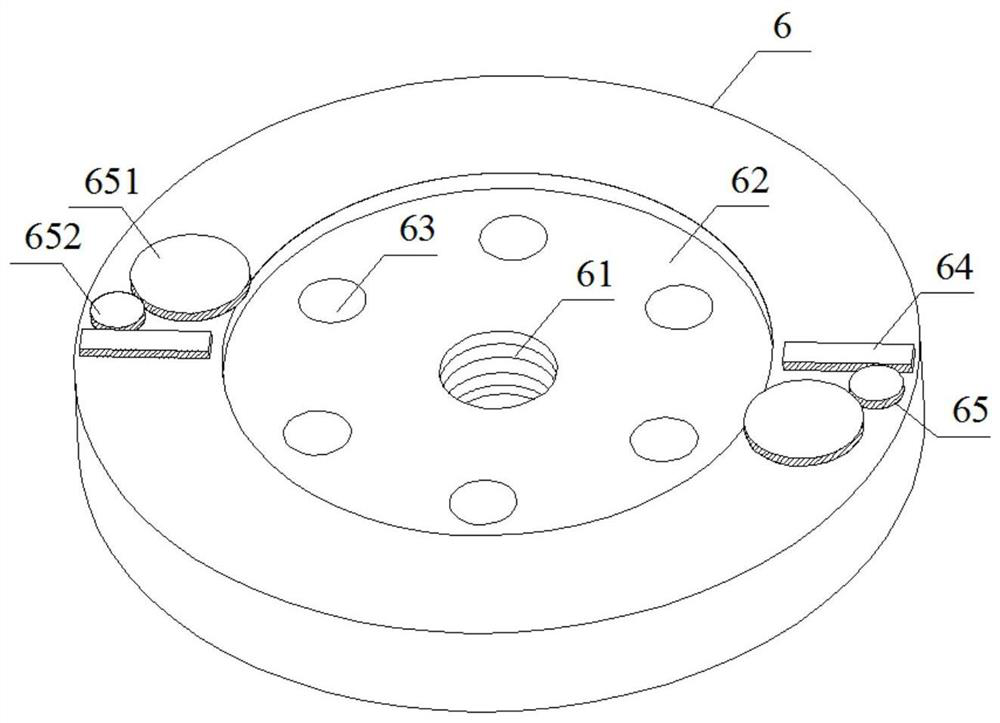Method and device for producing rubber adhesive
A technology for rubber adhesives and production devices, applied in the directions of adhesives, adhesive types, conjugated diene adhesives, etc., can solve problems such as human health hazards, and achieve convenient sub-packaging operations, strong water resistance and corrosion resistance. , good effect of environmental protection
- Summary
- Abstract
- Description
- Claims
- Application Information
AI Technical Summary
Problems solved by technology
Method used
Image
Examples
Embodiment 1
[0039] A method for producing a rubber adhesive, the rubber adhesive is a double-ended hydroxyl polystyrene butadiene liquid rubber adhesive, and the production method comprises the following steps:
[0040] S1 lithium initiator synthesis:
[0041] S1-1: Continuously evacuate the reaction vessel, fill it with argon, and bake it for 3 times to discharge water and air. The baking temperature is 55°C, then fill it with argon to maintain the argon atmosphere, and keep the temperature at 22°C;
[0042] S1-2: In parts by weight, add 1 part of tert-butyldimethylsilyl chloride, 1.25 parts of imidazole and 2.75 parts of cyclohexane into the reaction vessel, mix and stir for 1 hour, the stirring speed is 100 rpm, and the stirring method is magnetic stirring. Then add 0.5 parts of 3-chloro-1-propanol dropwise to the reaction vessel, continue to add dropwise for 1 hour, raise the temperature to 42°C and stir for 2 hours, then let stand for 6 hours, filter out the insoluble matter to obtai...
Embodiment 2
[0049] This embodiment is basically the same as Embodiment 1, except that the temperature control in step S1-1 is different.
[0050] S1 lithium initiator synthesis:
[0051] S1-1: Vacuumize the reaction vessel continuously, fill it with argon, and bake it for 3 times to discharge water and air. The baking temperature is 60°C, then fill it with argon to maintain the argon atmosphere, and keep the temperature at 25°C.
Embodiment 3
[0053] This example is basically the same as Example 1, the difference lies in: the composition ratio of the intermediate solution in step S1-2 is different.
[0054] S1-2: In parts by weight, add 1 part of tert-butyldimethylsilyl chloride, 1.5 parts of imidazole and 2.5 parts of cyclohexane into the reaction vessel, mix and stir for 1 hour, the stirring speed is 150 rpm, and the stirring method is magnetic stirring. Then, 0.5 part of 3-chloro-1-propanol was added dropwise to the reaction vessel for 1 hour, the temperature was raised to 45° C. and the reaction was stirred for 3 hours, then allowed to stand for 7 hours, and the insoluble matter was filtered off to obtain an intermediate solution, which was sealed with argon.
PUM
| Property | Measurement | Unit |
|---|---|---|
| Power | aaaaa | aaaaa |
| Luminous power | aaaaa | aaaaa |
| Concentration | aaaaa | aaaaa |
Abstract
Description
Claims
Application Information
 Login to View More
Login to View More - R&D
- Intellectual Property
- Life Sciences
- Materials
- Tech Scout
- Unparalleled Data Quality
- Higher Quality Content
- 60% Fewer Hallucinations
Browse by: Latest US Patents, China's latest patents, Technical Efficacy Thesaurus, Application Domain, Technology Topic, Popular Technical Reports.
© 2025 PatSnap. All rights reserved.Legal|Privacy policy|Modern Slavery Act Transparency Statement|Sitemap|About US| Contact US: help@patsnap.com



